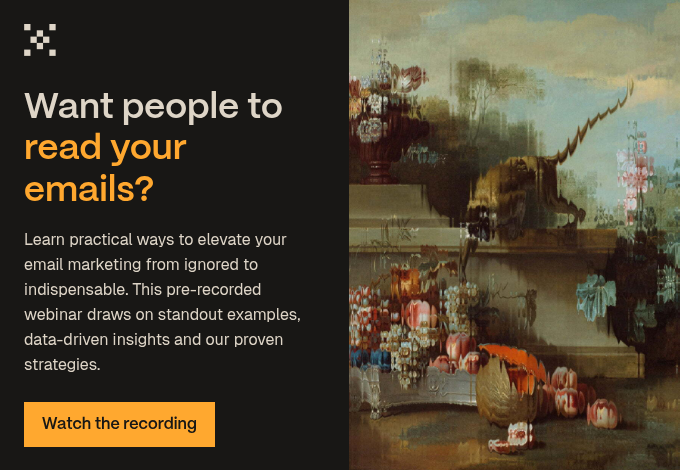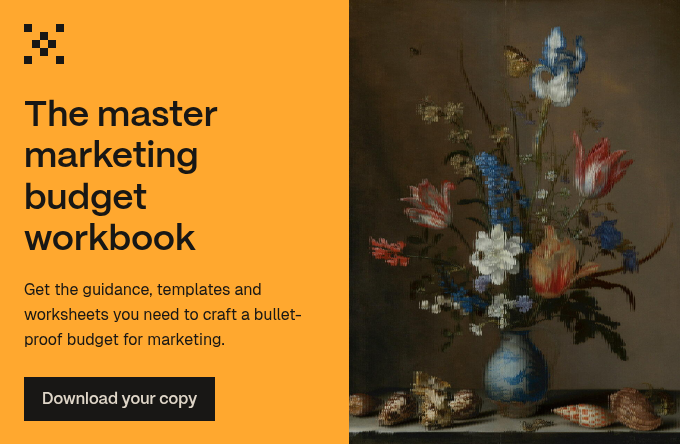Creating effective PPC campaigns is kind of like baking the perfect cake.
You need the right ingredients added at the right time, and then, you’ll get the perfect cake (or, in this case, a PPC campaign with an excellent ROI).
So, let’s explore five of the most important things you need to improve your campaigns and deliver exceptional results.
#1 Master your targeting
There’s no point putting ads in front of people that aren’t interested.
So, you need to do everything you can to improve your targeting so that the best-suited people see your ads.
To make this a reality, prioritise putting tracking tags onto your website so you can retarget website visitors. For Facebook, it’s the ‘Facebook pixel’ and for LinkedIn, it’s the ‘LinkedIn insight tag’. Then, set up campaigns to retarget website visitors with your best content.
Another great way to improve your targeting is to create ‘lookalike’ audiences. This is where the ad platform applies AI and machine learning to create a bigger audience that’s based off of a list of contacts you upload.
To take this to the top level, we recommend creating a lookalike audience that’s built off a list of your hottest SQLs or closed-won deals – this way, your ads have the best chance of being seen by people who are most likely to convert.
#2 Write brilliant ad copy
Boring and ineffective ad copy kills PPC campaigns like nothing else.
The best way to remedy this is to hire master copywriters who live and breathe writing because great writing isn’t a skill you can pick up overnight.
That said, there are some things you can do to dramatically improve your ad copy (if you insist on doing it yourself). These are:
- Focus on pushing on emotional pain points first, for example: ‘You’ll lose money if you don’t know about XYZ, so download this offer now to learn more.’
- Use simple language that gets to the point, for example, ‘Do you want to save money?’. And not: ‘Have you ever thought about how it would feel to have more money in your pocket?’
- Include specific numbers and details, for example, ‘reduce your costs by 300%’ is a lot better than, ‘reduce your costs’.
The writing will make or break your ads, but so too will the images.
#3 Finding the right images
Put simply, your images need to catch people’s attention.
It’s another key ingredient in your PPC cake that you can’t ignore.
Indeed, the picture is critical because it’s the first thing people see, and it’s what will draw them in to reading the copy. To make the most of your ad images, choose images that:
- Elicit an emotional reaction
- Relate to the ad copy in some way
- Are eye-catching and interesting
- Don’t look like typical ad images
- Don’t look like a cliché stock image
This will help your ads really stand-out. But, if a picture speaks a thousand words, why not...
#4 Try using video in your ads
If you hadn’t already noticed, the world is going video mad.
Indeed, a whopping 92 percent of marketers who use video say that it's an important part of their marketing strategy.
With figures like these in mind, it would be naïve to ignore the power of video when it comes to your advertising.
Here are a few things to keep in mind:
- The video doesn’t need to be very expensive or very long. Last year's smartphone can take a video that’s good enough for an ad.
- Don’t just rely on it ‘being a video’ to do all the work. It needs to be compelling in the same ways your pictures and ad copy are, i.e., push on the prospects pain points, evoke emotions, and make it eye-catching.
- Stock video or stock images can be useful . Obviously, you don’t want something that looks to cliché or stock image-y, but if it’s compelling and really sells your offer, that’s good enough.
You’re not creating a Hollywood Blockbuster here so don’t get too hung up on minor details.
#5 Create a brilliant offer
Whether you are directing people to a free trial or to a free offer so you can gather leads, you need to advertise something compelling.
As we at Articulate specialise in getting leads for businesses, let’s take that example and consider how to create an offer that gets contact details.
Here are three steps to quickly create a brilliant offer:
- Talk to your sales team and existing clients and discover their 3 biggest pain points (that relate to your product/service).
- Interview someone on your team who knows how to solve these pain points. Record it as a video interview. (It can be via webcam if you’re strapped for time or money.)
- Present this as a ‘How to solve X problem - FREE masterclass interview with an expert’. And, bam, you have your offer.
Running through these steps can be done in a day. And, they’ll create an offer that’s certainly good enough to get your first leads through the door. Not bad, eh?
Better PPC campaigns = more leads and a growing business
At the end of the day, PPC can get brilliant results and explode your business growth.
Indeed, according to one study, Businesses make an average of £2 in income for every £1 they spend on PPC.
But it’s important to do everything you can to make the most of your ads – after all, it's easy to start throwing money down the drain if you get it wrong. This means you need to follow sage advice and double-down on the fundamentals - your targeting, your copy, your pictures, and your offers (and use video when it makes sense).
That said, the rabbit hole goes deeper, and there are many more things to do if you want to become a PPC master.
So, if you want a more detailed look at PPC and how it can achieve exceptional results for your business, download our free guide now.
-1.jpg?width=1600&height=800&name=museum-of-new-zealand-te-papa-tongarewa-Gfsy6hG5z8g-unsplash%20(1)-1.jpg)





